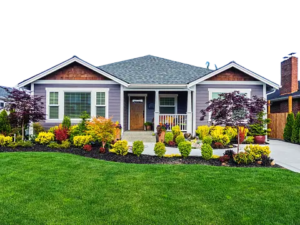Negative air machines are similar to air scrubbers. Negative machines, like air scrubbers, remove potentially harmful air particles through a sequence of filters.
The filters prevent clients and employees from breathing toxins in that ultimately can cause illness.
These machines are generally used in:
- Food plants and large warehouses in which air quality testing is mandatory
- Restaurants
- Construction sites
- Medical centers
HEPA Negative Air Machines
High Efficiency Particulate Air (HEPA) and HEPA filters utilize technology developed by the United States Atomic Energy Commission. It was made to extra radioactive air particles, yet today’s businesses use it to extract everything from chemicals to allergens. HEPA filters develop a safe breathing atmosphere and are the only air filters that are recognized by the U.S. Centers for Disease Control and Prevention as effective.
HEPA Air Scrubbers vs. Negative Machines
Recognizing the difference between these two will help you make an informed decision for your following industrial rental.
HEPA Air Scrubbers
HEPA scrubbers are utilized for the same purpose as negative machines yet may be utilized as negative machines by adding sealed casing, ducting, certain airflow modifications, and blower motor which has speed variations that maintain the controlled space.
Negative Machines
Unlike air scrubbers, these machines use ducting that removes tainted air from closed controlled areas. Air that is filtered gets exhausted outside the controlled space. It’ll create negative air pressure inside the controlled space. The machines help limit the spread of pollutants to additional spaces inside a building.
How do Negative Air Machines and HEPA Air Scrubbers Work?
Since both units work to efficiently trap air contaminants, each have a blower and series of filters which help keep air clean and safe.
Pre-Filters
In the initial phase of filtration, pre-filters draw in the biggest of particles in any given space. Capturing those bigger particles assists the unit in maintaining airflow, processing more cubic feet/minute, and increasing efficiency of filtration.
Optional Medium Filter
A few units comprise a 2nd-stage filter, or medium filter. A medium filter has a pleaded design which assists in protecting the carbon filter and trapping particles.
Optional Carbon Filter
Carbon filtering is accomplished when pollutants get into an activated carbon filter, go through absorption, and gaseous odors and pollutants get trapped inside the carbon substrate.
HEPA Filter or Primary Filter
The last phase of filtration traps the smallest particles, such as mold, dust, bacteria and additional irritants which cause lung conditions, asthma, or extend illness.
HEPA systems, are especially made to capture 99.7 percent of dust particles which are equal to or greater than 0.3 microns in diameter– around 5,000 times thinner than an average human’s hair!
Blower
An air scrubber requires a dependable blower that pulls air through filters and then exhausts all filtered air out from the unit. Without blowers, filters would quickly clog, and the unit might do a less efficient job of cleaning all of the surrounding air and lead to negative air pressure.
